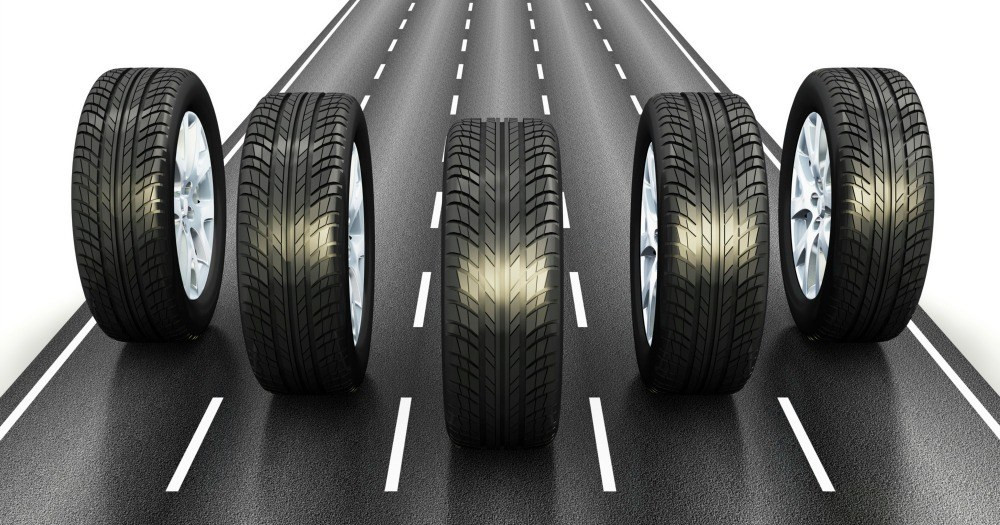When selecting the right tires for your vehicle, it’s essential to consider several factors, including your car type, driving habits, and road conditions. The tread life of a tire is not infinite, and it will eventually wear down due to usage. Driving habits like aggressive acceleration or hard braking can accelerate this process. Additionally, environmental factors such as weather and road conditions significantly impact tire wear.
Regularly inspecting your tire’s tread can help you determine when it’s time for a replacement. A monthly inspection is a good practice to ensure optimal tire performance and safety. Over time, tire manufacturers have developed a variety of tire options, each designed to meet the unique demands of different driving conditions and vehicle types. Therefore, choosing the right tire is crucial not just for performance but also for safety, and it can help you maximize the lifespan of your tires.
One of the most important steps in selecting the right tire is knowing when to replace your current tires. Tires naturally wear out over time, but it is essential to replace them before they become unsafe. A simple way to determine if your tire needs replacing is by inspecting the tread. Using the penny test, you can check if the tread has worn down to an unsafe level. If the tread has worn down too much, it can result in poor traction, longer braking distances, and an increased risk of a blowout. To help you determine when to replace your tires, you can refer to the manufacturer’s recommendations, which usually include a suggested mileage range for tread life. Regular checks and timely replacements are key to maintaining vehicle safety and performance.

Understanding how to read a tire sidewall is also crucial in choosing the right tire for your car. The sidewall of a tire contains a wealth of information, such as tire size, load index, speed rating, and treadwear scores. For instance, the number “235” represents the tire’s width in millimeters, while the aspect ratio “65” shows the height of the sidewall as a percentage of the tire’s width. “R” indicates radial-ply construction, and the number “17” refers to the diameter of the wheel in inches.
Additionally, the load index tells you the maximum weight the tire can carry when properly inflated. A common load index for a typical passenger car is 94, indicating a load capacity of 1,477 pounds per tire. The speed rating is also an important factor, indicating the maximum speed the tire can safely handle when carrying the load specified by the load index. This information can help you ensure that you are choosing the right tire to match your vehicle’s needs and specifications.
Tire types are another critical consideration when selecting the best tire for your vehicle. There are various tire categories to suit different driving conditions, and each offers distinct advantages and disadvantages. All-season tires are the most common, providing year-round traction and good durability, making them a popular choice for everyday driving. They are suitable for a wide range of vehicles, from small cars to light-duty SUVs and pickups. However, while all-season tires offer convenience, they typically lack the performance characteristics of more specialized tires. For those seeking higher performance, options like ultra-high-performance (UHP) tires are available. These tires are designed to provide superior handling and responsive steering, especially in dry conditions, but they tend to have less tread life and ride comfort compared to all-season tires.

For vehicles that need to handle more rugged conditions, all-terrain and winter/snow tires are available. All-terrain tires are built for vehicles that frequently travel off-road or on unpaved surfaces. These tires provide additional traction in light off-road conditions while still maintaining performance on paved roads. Similarly, winter and snow tires are designed to provide superior grip in cold, icy, or snowy weather. They feature special rubber compounds that remain pliable in freezing temperatures, allowing for better traction in challenging weather conditions. It is crucial to switch to winter tires when the temperature consistently drops below 45°F (7°C), as they are optimized for winter performance but may wear out faster in warm weather.
Another important factor when choosing tires is their treadwear rating, which can help you assess how long a tire might last. Treadwear ratings are provided by manufacturers as part of the Uniform Tire Quality Grading (UTQG) system, which includes grades for treadwear, traction, and temperature resistance. The treadwear rating is a comparative tool that indicates how long a tire’s tread is expected to last under normal driving conditions, but it’s important to note that different manufacturers use varying methodologies for these ratings. A higher treadwear grade typically means the tire will last longer, but other factors like driving habits and road conditions can affect the tire’s lifespan. Although the treadwear rating gives a general idea of a tire’s longevity, it’s important not to rely solely on this rating when choosing the right tire for your needs.
Finally, using a tire selector tool can simplify the process of finding the right tire for your vehicle. Many manufacturers and retailers provide online tools where you can search for tires based on your vehicle’s make, model, and year, or by tire size. These tools present a list of options that fit your specifications, along with ratings and reviews to help you make an informed decision. Some tire selectors also allow you to filter by performance categories such as braking, handling, and noise, helping you find tires that align with your priorities. Whether you’re looking for tires that offer a smooth, comfortable ride or those with superior traction for specific conditions, a tire selector tool can help narrow down your options and ensure you select the best tire for your vehicle.

